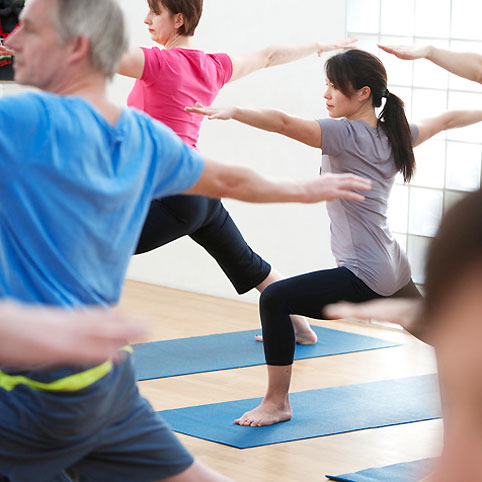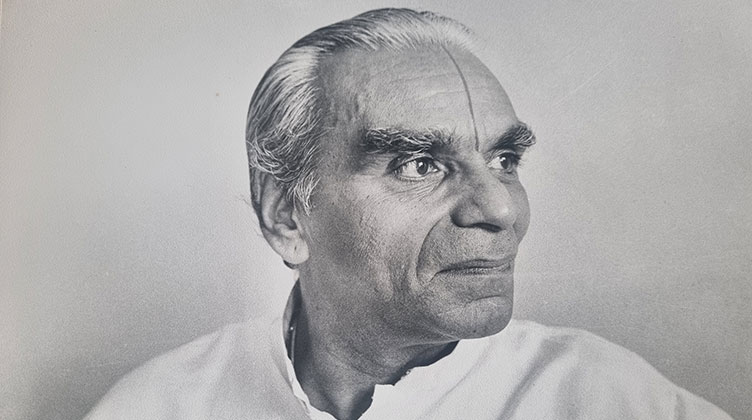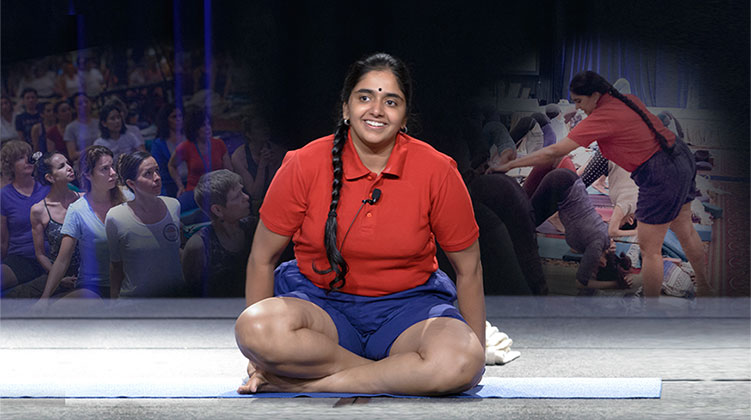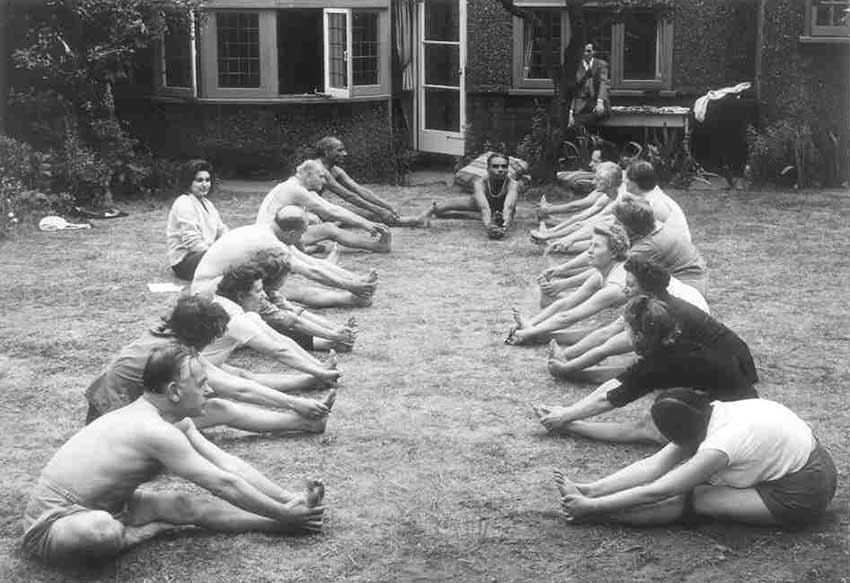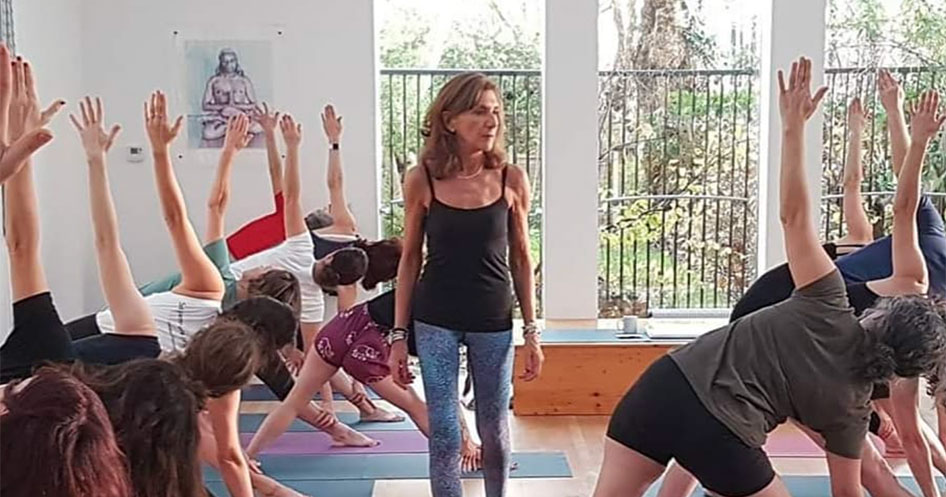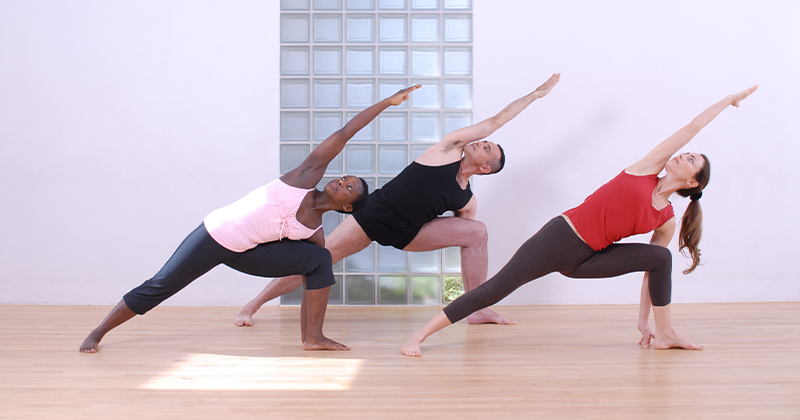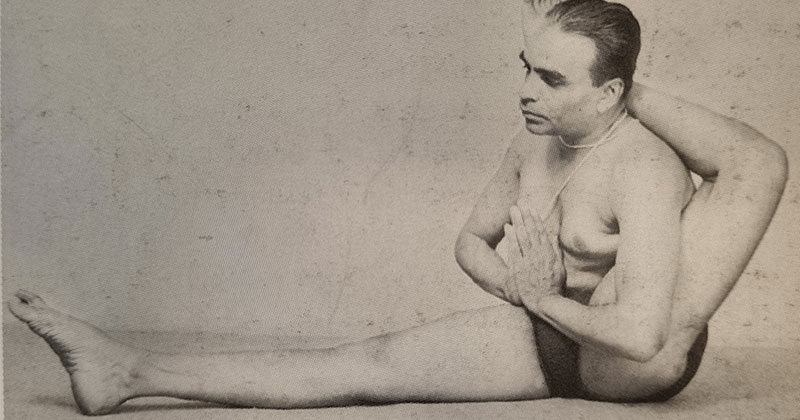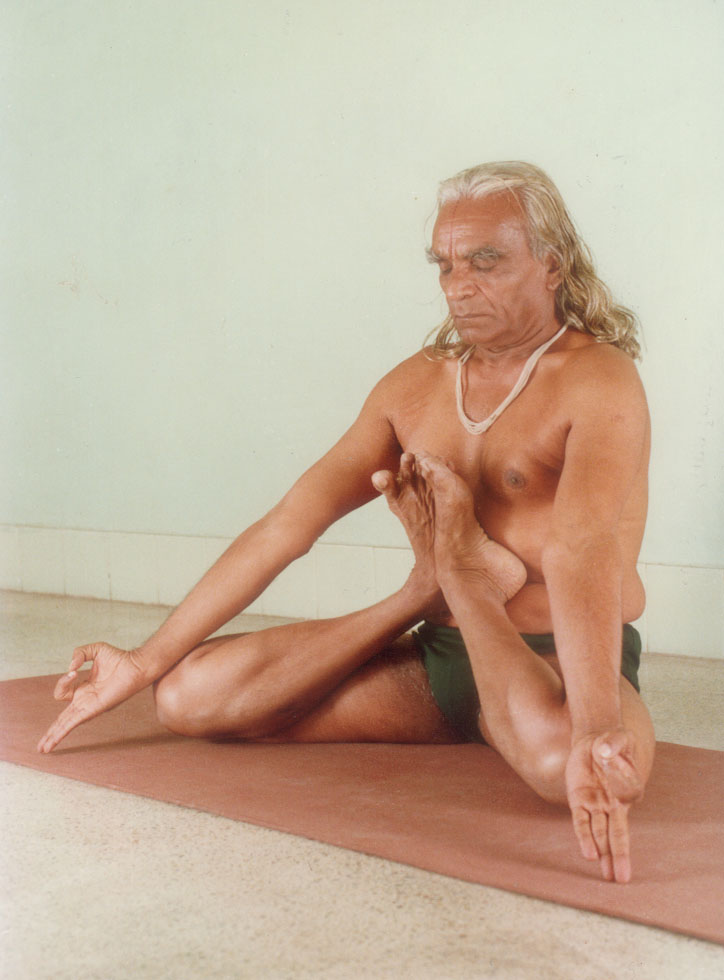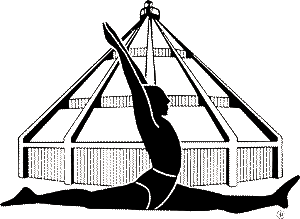
Pixie Lillas is one of the most senior Iyengar teachers in Australia and we are lucky to have her visit us almost every year to teach at Maida Vale. She opened the Balmain Iyengar yoga Studio in New South Wales in 1980 and is director and principal teacher there.
This interview was first published in the 2011 edition of the Iyengar yoga Institute, Maida Vale magazine, Dipika.
When and where did you first take up Iyengar yoga?
I started Iyengar yoga with Dona Holleman in Florence, Italy in April, 1976. I had been in Florence since 1966, studying and then working as an Interpreter there.
How long have you been coming to MV and have you seen changes since you first visited?
I have been coming to Maida Vale since at least 1986. I started coming to Teacher and Assessor days, as I was helping start up the assessment process in Australia, which was at that time based on the UK guidelines. I first came to teach workshops there from about 1992.
When I first came to Maida Vale the new building had not yet been started and the Institute was run by volunteers. What I have noticed as a teacher over the last 20 years is that there seems to be an increasing freshness, a willingness to explore and a stronger practice of and interest in some of the more challenging postures. To me exploration is an important factor in our practice. It enables teachers and practitioners alike to broaden their approach to learning and to continue to develop and to observe themselves through their yoga.
Your name is quite distinctive; can you explain its origin?
My name is officially Celia, and my own direct family origins are in Finland. However, I was born in the USA where my parents were in transition before moving to the Bahamas. There, the whole family started to speak English together. I am the youngest of 4 girls and my older sisters nicknamed me Pixie because of my habit of doing pixie-like, impish things to them and their belongings when I was a small child. I like the name Celia, but Pixie has always stuck in people’s minds as my real name and so the nickname carries on. I used to think one day I would “grow up” into Celia, but the change never quite took on, and I am now happy to stay as Pixie.
How many times have you been to the Institute in Pune? Has the Pune Institute changed since you first went there?
I have been to Pune perhaps 15 to 18 times. I first went in 1976 for two months to work with Mr Iyengar at the then quite new Institute. We did classes daily with Guruji, even twice a day at times. It was an extraordinary experience which formed the basis of my ongoing practice for many years. Even to this day I can still “feel” the experience of his teaching from that first visit.
The Institute has changed in the sense that now there are only general classes, whilst through the 80s we had special Intensives taught by Geeta. Those Intensives were the building blocks for those of us who were fortunate to participate, and they really forged our development as teachers, as practitioners and laid the foundation for our concepts of sequencing, for example, and of learning how to transmit Iyengar yoga in our own countries. And then a number of us also went to the International Intensives run by Guruji in the 90s, notably the Backbend Intensive and the two Pranayama Intensives which were all extraordinary.
Nowadays there are the general classes, and the students who come are more varied in level. For many students there is perhaps less direct contact now with the Iyengar family than we were able to have in the earlier years. However, it does mean that these days more students can experience the rhythms and teaching methods at the Institute. The practice sessions at the Institute also continue to stand out as being transformational for many who go there. It is a time when we really feel Mr Iyengar’s presence in the room and in our yoga, and for a month we can entirely devote ourselves to our own yoga, with his actual presence in the room as constant inspiration.
Since June this year Geeta has not been teaching, so I would say we are entering into another era again. A few years reflection may be needed to be able to see clearly what effects this change will have.
What is the state of Iyengar yoga in Australia?
I feel that Iyengar yoga in Australia is at in interesting stage. We have come out of the first and foundation stage where the early teachers first trained others to teach and then brought that next generation through the assessment process. Initially we were a group of teachers who were passionate about Iyengar yoga, who practised with energy and enthusiasm, with a sort of burning zeal. There was never too much yoga. However, in some ways we lacked structure and we had to go forward in our practice and teaching through trial and error. There was something very genuine in it all though, and we all tried to develop the best guidelines possible for our individual own countries.
Things have developed a long way from there. It is all much bigger, and more internationally connected. Now there are clear structures set up by Guruji and in most countries we are currently adapting the old systems to these new guidelines. We have reached a point in Australia where there is a new group of Senior Teachers coming in who will be the ones to take over our role in the years to come. The first generation of Senior Teachers continues to feel a responsibility to make this process of transition smooth and clear. In our discussions together, and according to Guruji’s wishes, we are certainly aware of the importance of being mentors to the younger teachers. They will be the ones to ensure the health of Iyengar yoga for many years to come. Even Geeta spoke of this duty in our Convention last year.
You are well known for performing and teaching balancing asanas which are quite challenging, especially for women. How do you manage to do them in such a light and effortless way?
I have always felt that the balancings were interesting poses in general, and then for women in particular.
Initially, to be honest, I probably just practised them through Dona Holleman, and didn’t have a wide understanding myself. Then, as I started to teach them and needed to articulate techniques for them, I became aware of how much the “balance” element is essential. Men can rely more on their strength, whereas women need to apply, in yoga terms, more “intelligence” in their approach to balancings. I think this has led me to explore them from a perspective of what we can discover from practising them, and I find the lightness they bring, mentally as well as physically, very intriguing.
As we get older, for men and women, these are qualities that become more essential to our ongoing practice. We can’t get by with rough effort, but we are led to explore Patanjali’s sutra about turning “effortful effort into effortless effort”.
These are the things that interest me more and more as I continue with my own practice. For example, how to learn from the more “advanced” postures what we are missing in the foundation postures, how postures are linked, and one thing informs the next in a circular way. And then the more challenging postures don’t let you get away with much: we do bakasana or we fall over. And when we fall over it is the why that is interesting, what is getting in the way of our doing the pose. Is it physical, mental, lack of understanding, lack of technique, lack of stamina… any number of possibilities exist and through continuous practice we keep exploring and discovering new aspects to each asana.
That is when practice really begins. Only practice will lead us to see the pose, and in exploring the pose we deepen our understanding of ourselves.
Find Pixie Lillas’ online resources at yogavastu.com/
This interview was first published in the 2011 edition of the Iyengar yoga Institute, Maida Vale magazine, Dipika.
Blog categories
Become a member
Join our community to get reduced class prices, early booking for events and workshops plus access to the studio for self practice.
Recent news and articles
2024 Convention – Group Livestream Event
7 March 2024|
The First Public Iyengar Yoga Class in the UK
22 November 2023|
NEW Hybrid Classes
5 September 2023|
7 Day Visitor’s Pass
26 June 2023|
Geeta Iyengar on Why We Practise Difficult Asanas
26 June 2023|




